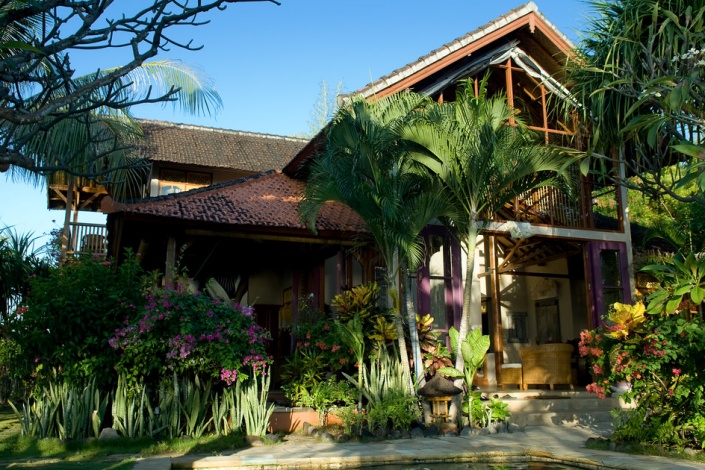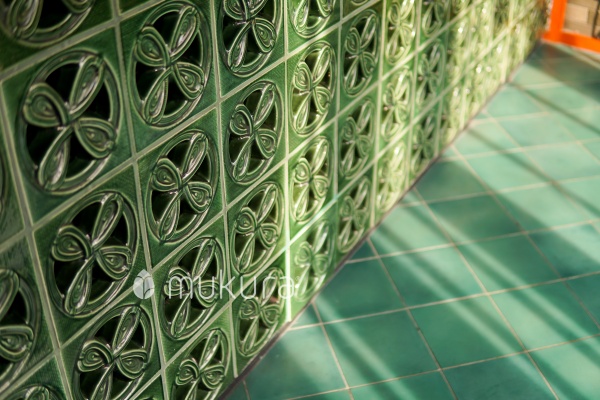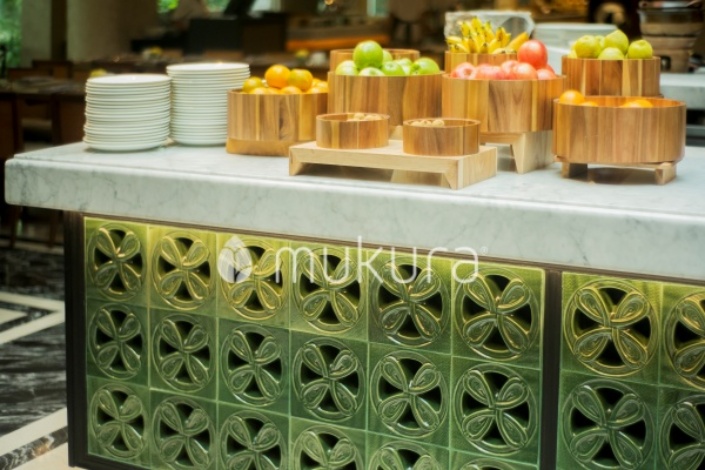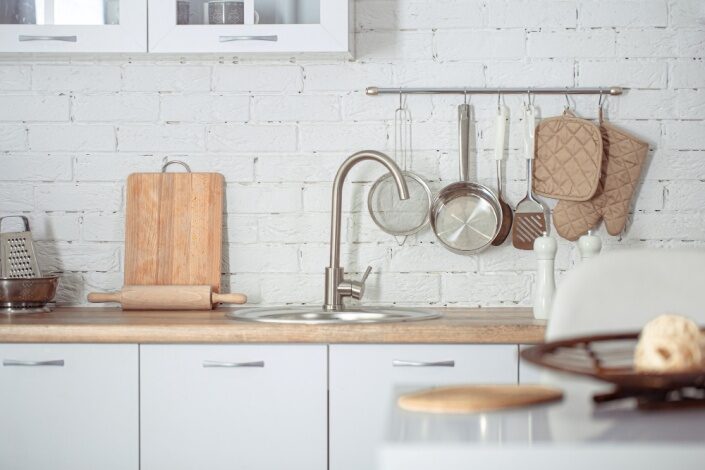News & Events, Trending Events | Thursday November 10th, 2022 10:00 AM
Modern Balinese Architecture: Philosophy and Characteristics
Balinese architecture is an architecture that has an abundance of philosophical values. Here are some of them, as well as characteristics that you can apply to the architecture of your modern Balinese home!
Traditional Balinese architecture philosophy:
-
Tri Angga
This philosophy is about three levels of the house, namely the main (head), madya (body), and nista (feet). With this concept, the head is the roof, the body is the middle, and the feet are the foundation. The main part of the traditional use of fibers or reeds, but in modern homes they are usually made of other materials. Body parts usually consist of walls, doors, and windows. Finally, the foot must be a strong foundation.
-
Tri Hita Karana
The Tri Hita Karana philosophy discusses the three elements of a harmonious life. The three elements are God, humans, and the natural environment. This is why Balinese homes usually have temples and lots of natural elements, such as vegetation and a large yard.

Traditional Balinese houses balances natural and artificial elements (Source: flickr.com)
-
Tri Mandala
In the Tri Mandala, a house has three divisions, namely the main (holy part), madya (middle part), and nista (outer part). In modern Balinese architecture, this concept is usually applied in the form of dividing the house into public, semi-private, and private spaces.
Modern Balinese house characteristics:
-
Clear division between public, semi-private and private spaces
It is important to maintain the harmony of the house. For example, the public space is usually the living room. Then, after the living room there is a semi-private space. Finally, the private space is the bedroom of the occupants of the house.
-
Pyramid-shaped roof
The roof is the head, which is an important part of the house. The traditional Balinese roof is in the shape of a pyramid (limasan in local language). In addition to its distinctive shape, the limasan roof is also very good for optimizing air circulation.

Example of a limasan roof (Source: pxhere.com)
-
Leheran (neck)
Like the human body, Balinese houses also have a “neck” which is located between the head (roof) and body (middle). The first function of the leheran is as a liaison between the roof and the wall. In addition, leheran also provides an authentic Balinese aesthetic.
-
Ventilation
The most important part of both modern and traditional Balinese architecture is ventilation. Balinese houses always have good air flow, because of its optimal air circulation. So, fresh air will always be able to circulate inside the house.

Roster Milan, an example of breezeblock suitable for modern Balinese architecture because of its earthy and natural design
One ventilation option is to use granite breezeblocks. For example, partitions or decorations from breezeblocks that are both functional and decorative. With a variety of granite breezeblock motifs and designs, you can also choose the one that suits you most. So, the breezeblock can also look like carvings, similar to what we see in Balinese houses.



